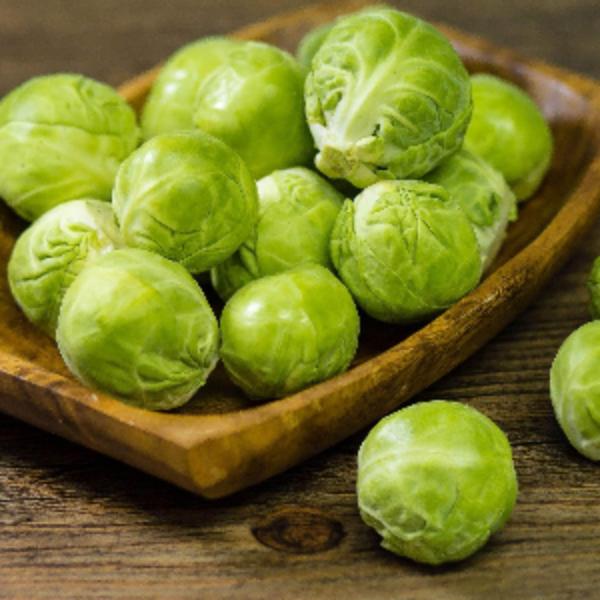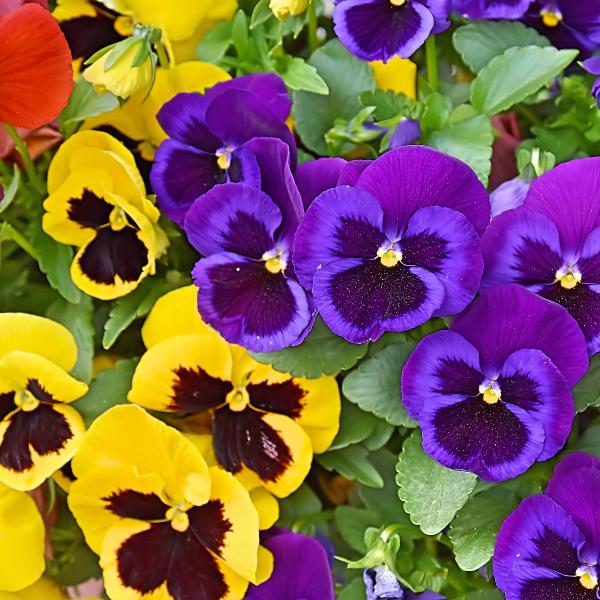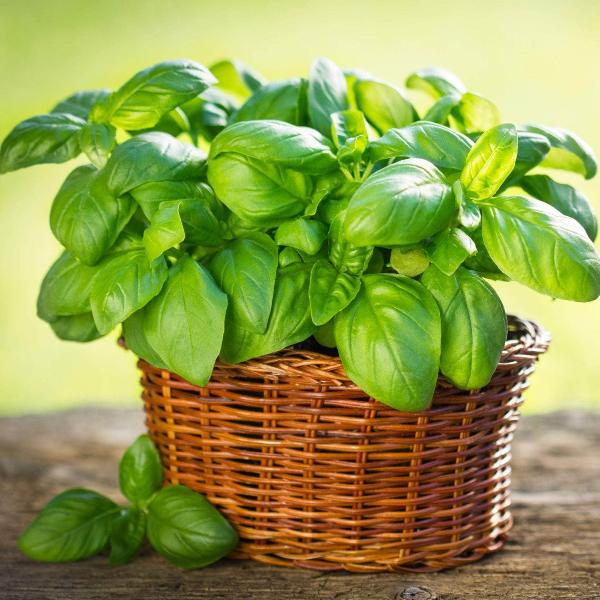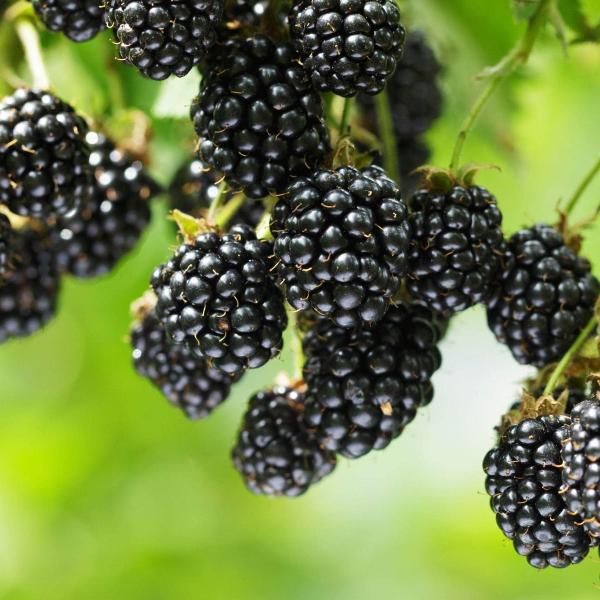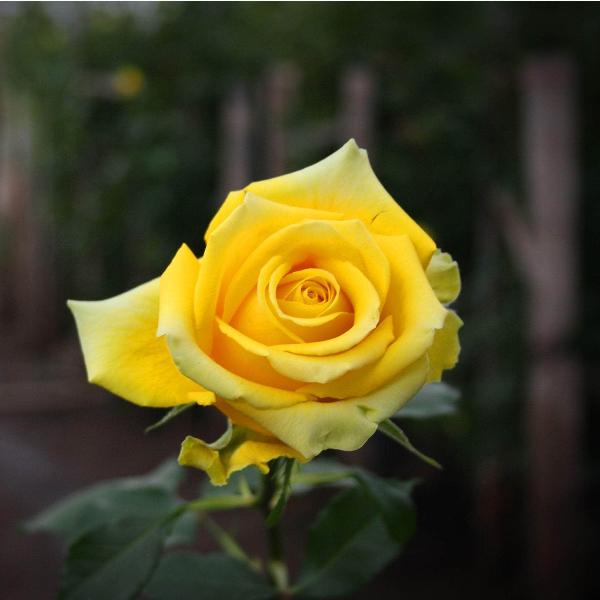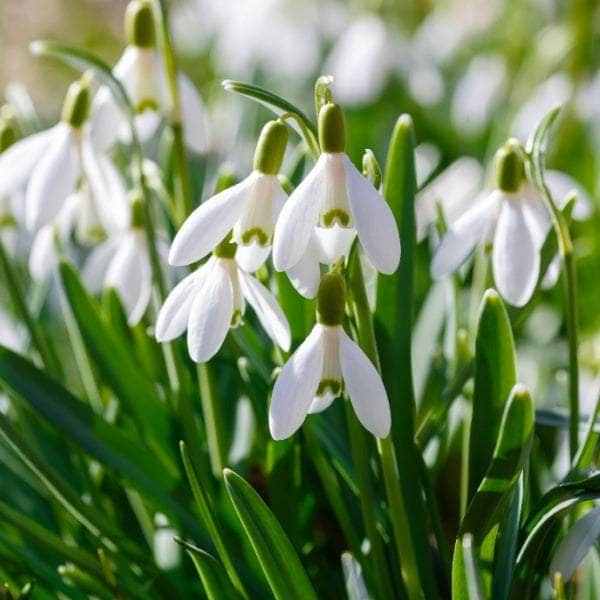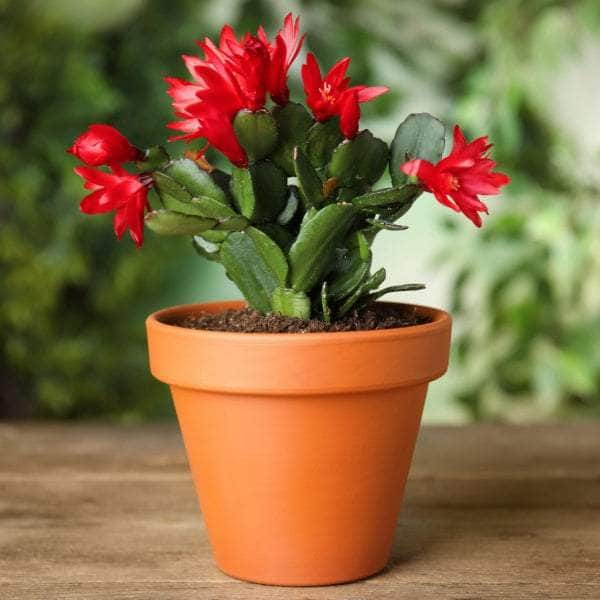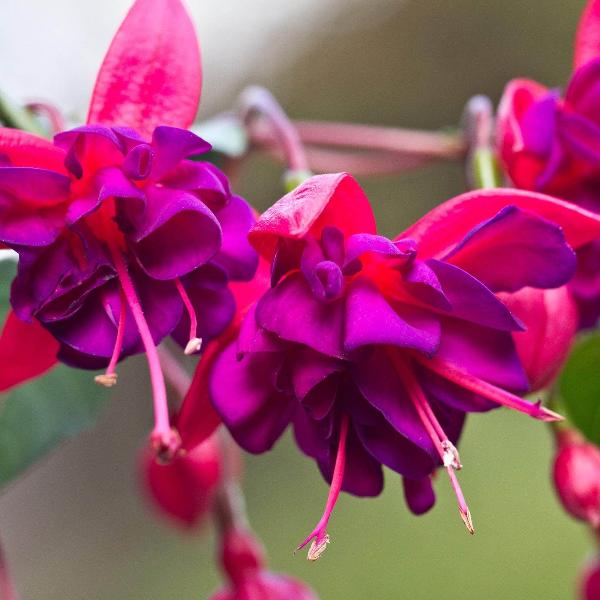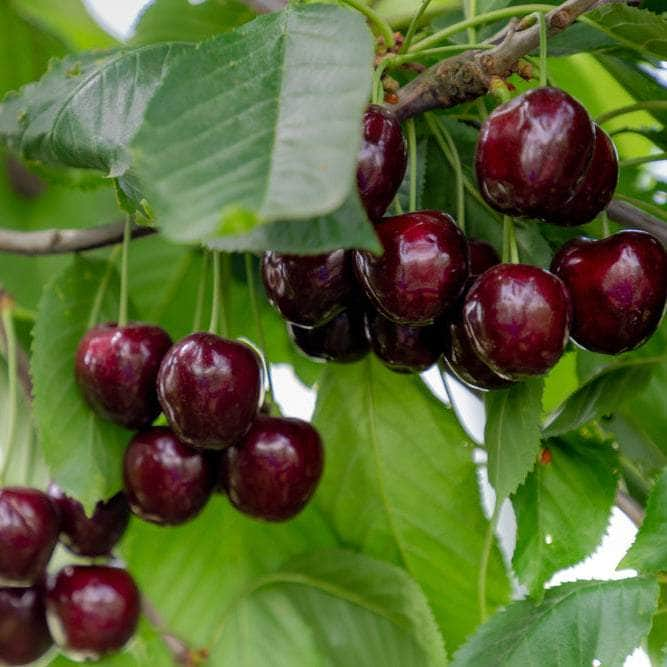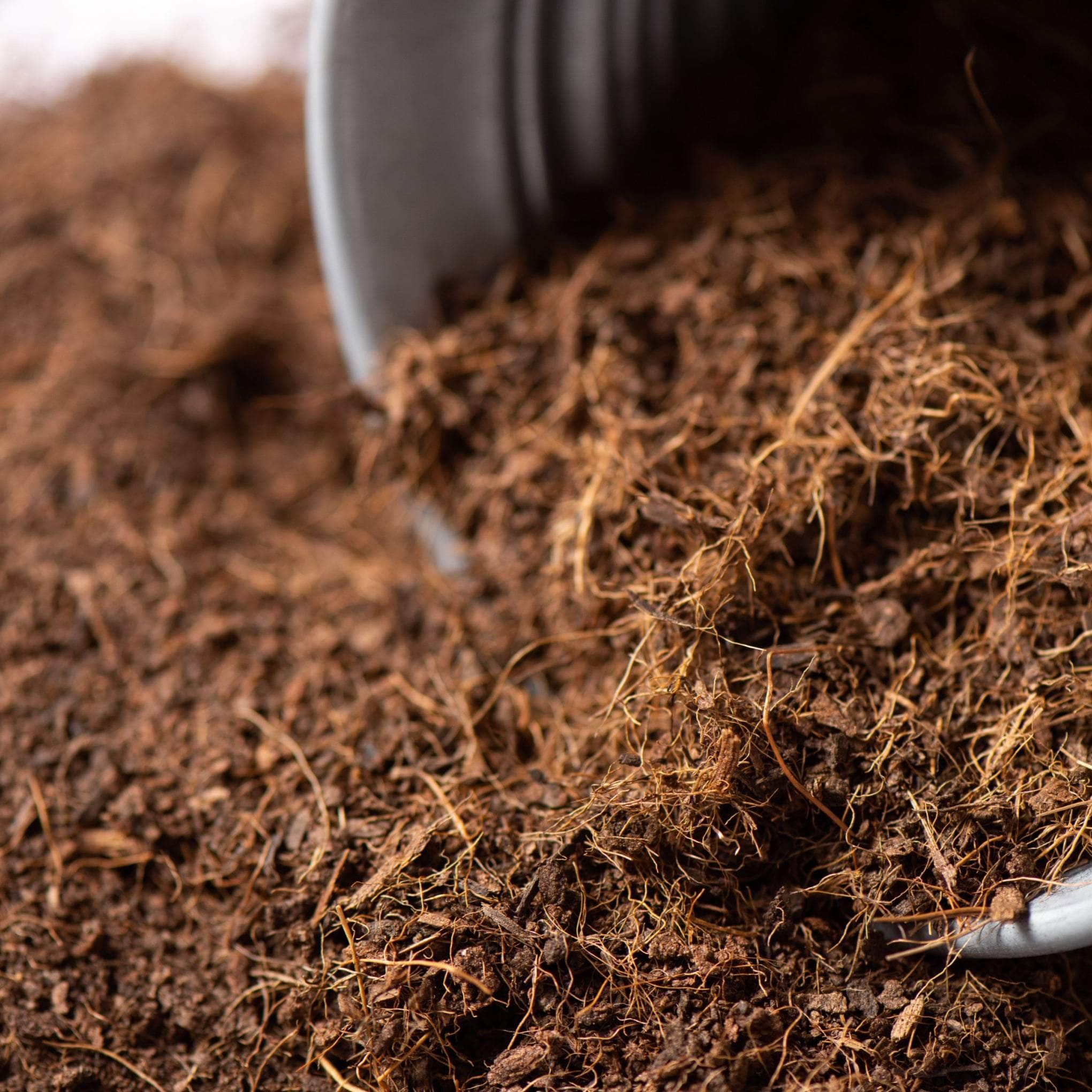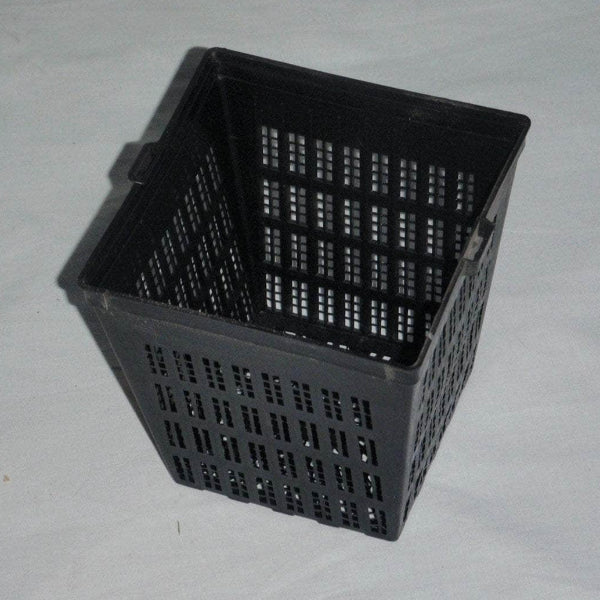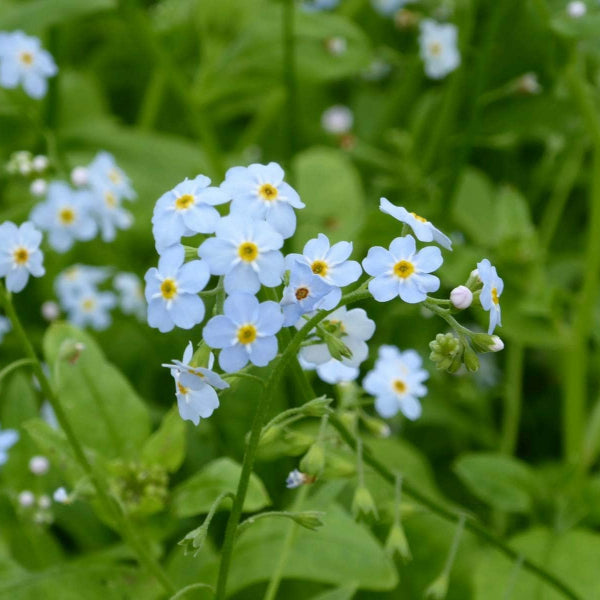The Ultimate Guide to Growing and Caring for Geraniums
Welcome to our comprehensive guide on growing and caring for geraniums, one of the most popular and versatile plants in the gardening world. Whether you're a seasoned gardener or a green-fingered novice, this guide will provide you with all the knowledge you need to cultivate these vibrant, cheerful flowers successfully. From the common geranium to the cascading ivy geranium, we'll delve into the different types of geraniums, their unique characteristics, and how to propagate them.
We'll also guide you through the process of growing geraniums from seed, choosing the right soil and location, and maintaining your plants to ensure they thrive. But it's not just about growing geraniums; it's about understanding them. We'll explore common problems you might encounter and how to solve them, as well as how to get your geraniums to bloom beautifully.
So, whether you're planning to hang baskets of geraniums on your porch or grow them in your garden soil, this guide is your ultimate resource. Let's dive in and start our geranium journey together.
Understanding Geraniums: A Plant Profile

Dive into the captivating world of geraniums, a plant species that has won the hearts of garden enthusiasts worldwide. This section will provide you with a comprehensive geranium plant profile, shedding light on the different types of geraniums and their unique characteristics.
From the common geranium to the flower of pelargonium, each type of geranium has its own charm and appeal. Understanding these differences can help you choose the right geranium for your garden and ensure it blooms beautifully. Let's embark on this journey to explore the fascinating world of geraniums.
The Different Types of Geraniums
Common Geranium (Pelargonium x hortorum): This is the most sought-after geranium type. Its robust green leaves often feature a burgundy ring, earning it another name, the zonal geranium. Perfect as both perennial and annual plants, these are a staple in many garden centres.
Ivy Geranium (P. peltatum): As the name suggests, this type of geranium house's an ivy appearance. Rather than the typical upright growth of common geraniums, ivy geraniums cascade, an attribute that makes them perfect for hanging baskets, window boxes or the edge of oversized planters.
Heartleaf Geranium (P. cordifolium): This well-rounded plant boasts 2 1⁄2-inch, dull green, toothed and lobed leaves. It’s accompanied by reddish-purple, 1-inch flowers, making it an excellent choice for boundaries with its height reaching up to 4 feet.
Lady Washington Geranium (P.xdomesticum): Sporting heart-shaped to kidney-shaped dark green leaves, this geranium variety stands out with its large blossoms. White and many shades of pink, red, lavender, or purple, their brilliance amplified by blotches and markings of darker shades.
Diverse in form and function, each geranium type offers unique characteristics, making them a beloved choice for garden enthusiasts and plant lovers alike.
The Unique Characteristics of Geraniums
Prominently celebrated as one of the most diverse categories in the plant kingdom, the geranium flower embodies an entirely unique palette of characteristics that set it apart from its counterparts. "Geraniums" commonly directs to the genus "Pelargonium," which has snatched the limelight due to its enchanting appeal and vibrant blooms.
The velvety green leaves of these plants often sport a burgundy ring, setting the stage for a dramatic backdrop against their colourful bursts of geranium blooms. This visual allure is one of the reasons they've staked a claim in the hearts of garden enthusiasts all over.
Interestingly, the geranium plant seamlessly transitions between being treated as an annual or a perennial. This adaptability largely depends on the terrain and weather conditions of your location. The Coastal and Tropical South offer a haven for the geranium, allowing the succulent stems of these plants to weather into sturdy shrubs over time.
Undeniably, each geranium type showcases its unique personality. For instance, the common geranium stands erect and proud, while the ivy geranium cascades, adding an evocative quality to your garden space. In the realm of geraniums, there's always something new to discover and cherish.
How to Grow Geraniums

Growing geraniums can be a rewarding experience, whether you're a seasoned gardener or a novice. This guide will provide you with all the necessary information on how to grow geraniums, from starting them from seed to choosing the right soil and location, and even growing them in containers.
Geraniums are versatile plants that can thrive in various conditions, making them a popular choice for many gardeners. They require plenty of sun, well-drained soil, and a little patience to grow successfully. Let's delve into the process of growing these beautiful plants.
Starting Geraniums from Seed
Starting geraniums from seed can be a rewarding process, albeit somewhat meticulous. When it comes to geraniums, the first step is choosing the right seed. There's a plethora of options available, from the common geranium to the ivy geranium, each boasting their unique characteristics.
Once you have your seeds in hand, preparation is fundamental. You'll need to provide a conducive environment for your seeds to germinate and thrive. Good quality garden soil is of the utmost importance. You should aim for soil that is nutrient-rich and well-draining, given geraniums do not bode well in waterlogged conditions.
When sowing the seeds, ensure that the soil is moist but not soaking wet. Cover the seeds lightly with soil and place the vessel in a location that gets plenty of sun, as this encourages optimum growth. Geraniums need about six to eight hours of sunlight daily to flourish.
Don't despair if germination seems slow; patience is a gardener's best companion. With the right conditions, your geranium seeds will eventually sprout, providing you a delightful spectacle. Remember, every great garden started with a single seed.
Choosing the Right Soil and Location
In the cultivation of geraniums, the selection of the right soil and location is paramount to your plant's survival and flourishing. Geraniums thrive best in well-drained garden soil that remains consistently moist. Search for a brand of soil that is particularly designed to keep moisture levels healthy.
Remember, clogged soil can cause root rot but parched conditions can also stress your plants. A happy compromise between these extremes is ideal. Incorporate organic matter such as compost or peat moss into the soil to boost its nutritive value and enhance drainage.
Patience and care are the cadre of a successful gardening journey. Next, we will deep dive into how to grow geraniums in containers. Stay tuned!
Growing Geraniums in Containers
Embracing the versatility of geraniums means not only nurturing them in garden soil, but also appreciating their vibrant presence in containers. Whether you have a sprawling garden or a petite balcony, container-grown geraniums can add instant cheer to your space.
However, successfully growing geraniums in pots requires some dedication and just the right amount of sun. Optimal growth calls for a minimum of four to six hours of sunlight daily - as geraniums love bathing in full sun. This generous sun exposure ensures they produce a stunning spectacle of vivacious blooms.
Moreover, the choice of a suitable container is crucial. A container equipped with drainage holes, filled with carefully curated and nutrient-rich soil, can create an optimal growing environment for these plants. The concept of having these 'miniature gardens' is primarily to ensure the roots grow comfortably but without too much room - they indeed prefer to be slightly pot-bound.
Fret not if your geranium appears snug in its pot. These plants rarely require repotting. However, if it's absolutely necessary, relocate them to a pot that's merely 1 to 2 inches larger. Bonus tip: Ensure the soil is moist (but never wet!) and expect a dazzling display adorning your space. Growing geraniums in containers can indeed be a rewarding experience, making it easy to see why they are a favourite among gardening aficionados.
How to Care for Geraniums

Caring for geraniums may seem like a daunting task, but with the right knowledge and a little maintenance, it can be a rewarding experience. This section will guide you through the essential steps on how to care for geraniums, ensuring they thrive and bloom beautifully in your garden or home.
From understanding the importance of keeping the soil moist, to providing the right amount of light and temperature, and even the correct use of fertiliser, we've got you covered. So, let's dive in and explore the world of geranium care together.
Watering and Feeding Your Geraniums
Caring for geraniums is a fairly straightforward task and it starts with proper watering. Be cautious, however not to over-water geraniums as this could lead to root rot— a common issue in many houseplants. Allow the soil to dry before you water them again, essentially keeping the soil lightly moist but not drenched.
Next, we shift focus to feeding your geraniums. A good fertiliser plays a crucial role here. Slow-release granular fertiliser is a great choice that you can apply once during spring. If you fancy liquid fertilisers, opt for a balanced 20-20-20 mix. Make sure you feed your geraniums thrice during the growing season to ensure robust and healthy growth.
Bear in mind that geraniums are not all about water and food; like any other plant, they need a pleasant and conducive growing environment. This generally means plenty of light and favourable temperature conditions. Stay tuned to our next section to better understand how!
Providing the Right Light and Temperature
To provide the right care for geraniums, understanding their need for light and temperature is indispensable. Geraniums are sunlight aficionados and usually thrive when exposed to four to eight hours of light daily. However, the exact hours could depend on your location and whether you are growing them indoors or outdoors.
Indoors, they do well with ample light to aid their blooming phase, although they can cope with moderate light conditions. If you find your geranium leaves turning yellow and not flowering timely, it's likely they are yearning for more sunshine. You would then need to move your pot more into the sunlight for them to blossom beautifully.
Temperature-wise, geraniums prefer cosy indoor conditions, ideally in the range of 65-70 degrees F (18-21 C) during the day and slightly cooler at night, approximately 55 degrees F (13 C). Notwithstanding, they are resilient plants and will survive in temperatures as low as 45 degrees F, albeit growing at a slower pace.
Sunburns can happen, especially when the sun is particularly hot. If this occurs, moving the pot to a partial shade can aid its recovery. Conversely, in hot climates, providing your geranium with morning sun and afternoon shade can prevent sunburns in the first place. In the realm of geranium care, temperature and light management is as integral as watering and soil health.
Maintaining Your Geraniums
The fascinating appeal of Geraniums lies partly in their minimal upkeep requirements. To maintain your geraniums' health and longevity, a few basic steps are essential to follow. The act of deadheading, or removing faded blooms, keeps your plant continuously flowering by focusing its energy into new buddings. This step not only contributes to the aesthetic appeal of your geranium but also refreshes its vigour regularly.
As tempting as it may be to lavish your green children with abundant care, try to resist over-watering your geraniums. Watering thoroughly only when your finger pokes an inch into the soil and it feels dry plays a crucial role in preventing over-moisture damage. Disease outbreaks can be stemmed significantly by following this tip and avoiding any form of splashing the foliage when watering.
To counteract legginess and encourage bushier growth, pinching back the stems is recommended. This is especially helpful during the plant's active growing months. Fertilising every two weeks or so using a water-soluble fertiliser at half-strength aids in ensuring optimal plant growth. However, remember to lay off the fertiliser during winter when the plant is dormant.
Pruning and Propagating Geraniums

Pruning and propagating geraniums are two essential practices that every gardener should master to ensure the healthy growth and longevity of these vibrant, cheerful flowers. These techniques not only help in maintaining the plant's aesthetic appeal but also contribute significantly to its overall health and vitality.
Pruning helps in shaping the plant, promoting bushier growth, and removing any dead or dying leaves or stems. On the other hand, propagating geraniums from cuttings allows you to further the life cycle of this delightful flower, creating new plants from the parent plant. Both these practices require a keen understanding of the plant's growth pattern and careful execution.
How to Prune Geraniums
Pruning geraniums is no less of an art form and presents as an essential step in maintaining the health and vigour of these cheerful flowers. The key to successfully prune geraniums lies in understanding their growth pattern. Geraniums characteristically grow by creating new stems at the base of the plant, which gradually matures into a strong, vibrant bush of green foliage and colourful flowers.
To start the pruning process, it's advisable to wait until your geranium plant is at least 4 to 6 inches tall. This gives the plant enough substance to bear the trauma of being pruned and bounce back quickly. In geraniums, a "node" is the point on the stem where leaves grow. Look closely, and you'll see two small bumps on opposite sides of the stem - that's your node. Cut just above a leaf node, and new growth will emerge from that point.
The act of pruning geraniums is not a daunting task and can dramatically improve the shape and performance of your flower plant. Aim to cut back most of your geraniums by about half. Remove any dead or dying leaves or stems. This will not only improve your geranium’s appearance, but will also help to keep it healthy, as geranium diseases often lurk in dead plant material. Plus, it stimulates new growth and allows the geranium plant to focus its energy on new blooms.
Remember that pruning should not be done too often, but rather an appropriate 2-week interval is ample. This ensures that the plant has sufficient time to recover before any subsequent pruning takes place. The well-pruned geranium can then be seen thriving with life, rich greenery, and exquisite flower blooms.
Propagating Geraniums from Cuttings
Propagating geraniums furthers the life cycle of this delightfully cheerful flower. The process begins with judicious pruning, selecting healthy stems fresh with new growth. When contemplating how to propagate geraniums, it is essential not to overlook the importance of the leaf node.
Each cutting should be about 4 to 6 inches long, cut just above a leaf node. Strip off all but the topmost leaves, creating a stem and foliage which is ready for rooting. In many cases, geraniums root readily in either water or soil, but you might find cuttings planted in soil tend to root more vigorously.
To promote root growth, you can dip the end of the cuttings in root hormone. This step may be optional, given geraniums determined nature to propagate, but when in doubt, a little help from rooting hormone can ensure the success of your propagation efforts.
Once the root begins to develop, usually in two to three weeks, transplant the small geranium plant into a pot with ample drainage. Remember, the main aim of propagating geraniums is producing a healthy, vigorous flower plant that continually brings colour and joy to your garden.
Common Problems with Geraniums and How to Solve Them

Growing geraniums can be a rewarding experience, but like any gardening endeavour, it comes with its own set of challenges. One of the common problems with geraniums is dealing with yellow foliage and spindly growth, or addressing blooming issues. These issues can be disheartening, especially when you've put in the effort to create a beautiful flower bed or nurture a potted plant.
However, don't be discouraged. With a little problem solving, these common problems can be addressed and your geraniums can thrive once more. Let's delve into these issues and explore how to solve them.
Dealing with Yellow Foliage and Spindly Growth
One of the common problems encountered while growing geraniums is yellow foliage and spindly growth. Despite having succulent stems, the leaves of the geranium can turn yellow and the plant might become lanky if it isn't cared for properly.
Dealing with such issues necessitates a multi-faceted approach. Often, yellow foliage could be indicative of over- or under-watering. It's essential to maintain a balance – geraniums favour moist but well-drained soil. Avoid waterlogged conditions as this can lead to root rot, another common problem.
On the other hand, spindly growth is often a sign that the geranium is not receiving sufficient light. Whether you have geraniums in your flower bed or as a potted plant, ensure they receive plenty of sunlight.
Addressing Blooming Issues
When it comes to growing geraniums, whether in your flower bed or as a potted plant, a common problem that you might face is a lack of blooms. This issue might leave you scratching your head, wondering what you're doing wrong since geraniums are usually known for their vibrant, plentiful flowers.
The primary cause of meagre blossoming in geraniums can be traced back to what might seem like too much of a good thing - excessive watering. Moisture stress caused by overwatering leads to roots becoming suffocated and stressed, hindering their ability to absorb nutrients necessary for flower production. You need to allow the soil to dry out between waterings to stimulate healthy blooming.
Inadequate lighting is another factor that can impact blooming. Geraniums love the sun and require a good 4 to 6 hours of it daily. Sparse light can result in fewer blooms and spindly growth.
Getting Your Geraniums to Bloom

Getting your geraniums to bloom is an art that requires a blend of knowledge, patience, and a touch of green thumb magic. This section will guide you through the process of how to get geraniums to bloom, transforming your garden or home into a vibrant display of these cheerful flowers. Whether you're nurturing a flower bed or a potted plant, understanding the bloom period and how to encourage more blooms is key to a thriving geranium display.
From understanding the blooming cycle to the importance of deadheading geraniums, we'll delve into the secrets of how to produce multiple blooms from your geranium plants. So, let's embark on this journey to unlock the full blooming potential of your geraniums.
Understanding the Blooming Cycle of Geraniums
Knowing and understanding the blooming cycle of geraniums is the first step towards enticing your geraniums to bloom. Geraniums, whether planted in the ground or potted, generally have a bloom period that exhibits their cheerful flowers in spring through summer. However, this is not rigid; with careful attention and suitable conditions, you can encourage your geraniums to produce multiple blooms.
But how exactly does the blooming cycle work? The appearance of blossoms largely depends on the health and well-being of your geranium plants. The plant's vitality in turn is influenced by external factors such as light, temperature and nutrient availability. Simply put, providing the right conditions at the right time is the secret to seeing your geraniums bloom.
Deciphering the cues of your geranium plants plays a pivotal role as well. A leafy green plant without flowers may suggest that too much fertiliser with high nitrogen content is being applied. A change in your fertilising routine could be a step towards stimulating the bloom cycle.
Encouraging More Blooms
To enhance the blooming capacity of your geraniums, a certain proactive approach is essential. It's about more than simply waiting for nature to take its course. This is where understanding how to get geraniums to bloom is key to achieve a perpetual cycle of vibrant flowers adorning your garden or home.
Deadheading geraniums is pivotal in encouraging more blooms. The process involves the preservation of the plant's energy by removing faded or deceased flowers. By snipping off the dying blooms, you essentially allow the plant to channel its energy into producing more blossoms instead of seeds. This ensures your geraniums bloom repetitively instead of sporadically, leading to an ever-cheerful flower bed or pot.
Additionally, it's recommended that you provide your geraniums with an environment conducive to optimal growth. This involves ensuring they get the necessary amount of sunlight and watering them adequately without saturating the soil. Remember, blooming plants need more care and attention- particularly in their watering and sunlight needs.
So, if you truly desire to witness how a geranium bloom can change the outlook of your garden, maintaining a considerate care routine is vital. Be patient, follow these steps and watch your geraniums flourish into a stunning array of perpetual blooms.
Embracing the Joy of Growing Geraniums

In conclusion, the joy of growing geraniums is a rewarding experience that every gardener should embrace. Whether you're a fan of the common geranium, the ivy geranium, or the scented geranium, these plants offer a vibrant splash of colour and a delightful scent that can transform any garden or window box.
Remember, the key to a thriving geranium plant lies in understanding its needs - from the right amount of sun exposure to the perfect garden soil. With a little maintenance and care, your geraniums can bloom beautifully every year, bringing you endless joy and satisfaction.
So, don't wait any longer. Start your geranium journey today and discover the pleasure of growing these cheerful flowers.
Whether you choose to propagate geraniums from seed or purchase a potted plant, the experience will undoubtedly be a rewarding one. Happy gardening!


